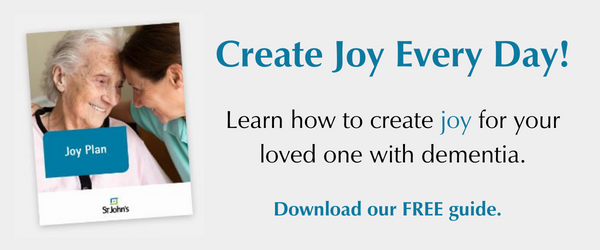Hoarding behavior by a person living with dementia can be a complex and challenging issue to understand. Dementia, a progressive neurological disorder, affects a person’s cognitive abilities, memory, and judgment. As a result, individuals with dementia may develop hoarding tendencies, which can manifest in various ways.
Hoarding in dementia can often be attributed to several underlying factors. Firstly, individuals with dementia may experience difficulties in decision-making and organizing their belongings. This can lead to an accumulation of items, as they struggle to prioritize and discard unnecessary possessions. Additionally, memory loss can play a significant role in hoarding behavior, as individuals may forget what they have already acquired, leading to repetitive purchasing or holding onto multiples of the same item.
Furthermore, hoarding behavior in dementia can stem from an emotional attachment to objects. As the disease progresses, individuals may rely on familiar items as a source of comfort and security. These possessions may hold sentimental value or provide a sense of identity and familiarity in a world that is becoming increasingly confusing and unfamiliar to them. Letting go of these items can be distressing and cause heightened anxiety.
It is important to approach hoarding behavior in dementia with empathy and understanding. Family members and caregivers should strive to create a safe and supportive environment that allows individuals to feel heard and respected. Engaging in open communication and involving the person with dementia in decision-making processes can help reduce anxiety and resistance when addressing their hoarding tendencies.
Additionally, as a caregiver, there are strategies you can use to manage and address the issue.
Here are some tips:
- Understand the Root Cause:
- Hoarding behavior in dementia can stem from anxiety, confusion, or a desire for familiarity. Understanding the underlying cause can help you address the issue more effectively.
- Limit Access:
- Consider limiting access to certain areas where hoarding occurs. This might involve using childproof locks or other measures to prevent constant access to certain spaces.
- Establish a Routine:
- Create a daily routine for the person with dementia. Predictability and structure can help reduce anxiety and the need to hoard items.
- Provide Reassurance:
- If the person becomes anxious about losing possessions, provide reassurance and comfort. Remind them that they are safe and that you are there to help.
- Engage in Meaningful Activities:
- Keep the person engaged in meaningful activities. This can help redirect their focus and reduce the urge to hoard. Activities can include hobbies, exercise, or spending time with loved ones.
- Sort and Organize:
- Regularly help the person sort through their belongings and organize them. This can be done together and may involve categorizing items, discarding unnecessary things, and creating a more manageable living environment.
- Safety First:
- Prioritize safety by removing any items that could pose a danger, such as expired medications, spoiled food, or items that could cause tripping.
- Seek Professional Help:
- Consider involving a healthcare professional, such as a geriatrician, psychiatrist, or occupational therapist, who specializes in dementia care. They can provide guidance and support tailored to the individual’s needs.
- Family and Caregiver Education:
- Educate family members and caregivers about hoarding behavior in dementia. Understanding the condition can help everyone involved respond with patience and empathy.
- Medication Management:
- Consult with the person’s healthcare provider to discuss whether medication might be appropriate to help manage anxiety or obsessive-compulsive symptoms associated with hoarding.
- Environment Modification:
- Simplify the living environment by reducing clutter and creating clear pathways. This can help minimize the opportunity for hoarding.
- Professional Cleaning Assistance:
- If the hoarding behavior has led to unsanitary conditions, consider seeking professional cleaning assistance. This can be a delicate process, and it’s important to approach it with sensitivity.
Remember that each person with dementia is unique and what works for one individual may not work for another. Tailor your approach to the specific needs and preferences of the person you are caring for and involve healthcare professionals as needed for additional support.
Hoarding behavior in individuals living with dementia is a multifaceted issue that requires careful understanding and compassion. By acknowledging the underlying factors contributing to hoarding tendencies and implementing effective management strategies, it is possible to create a harmonious and comfortable living environment for those affected by this challenging condition.








